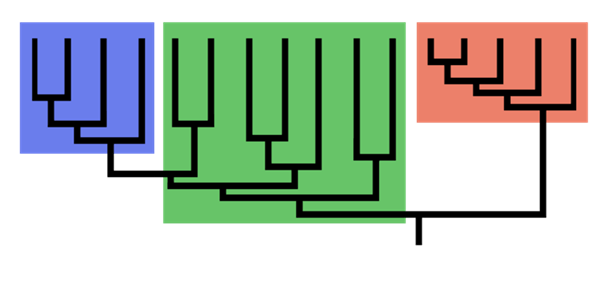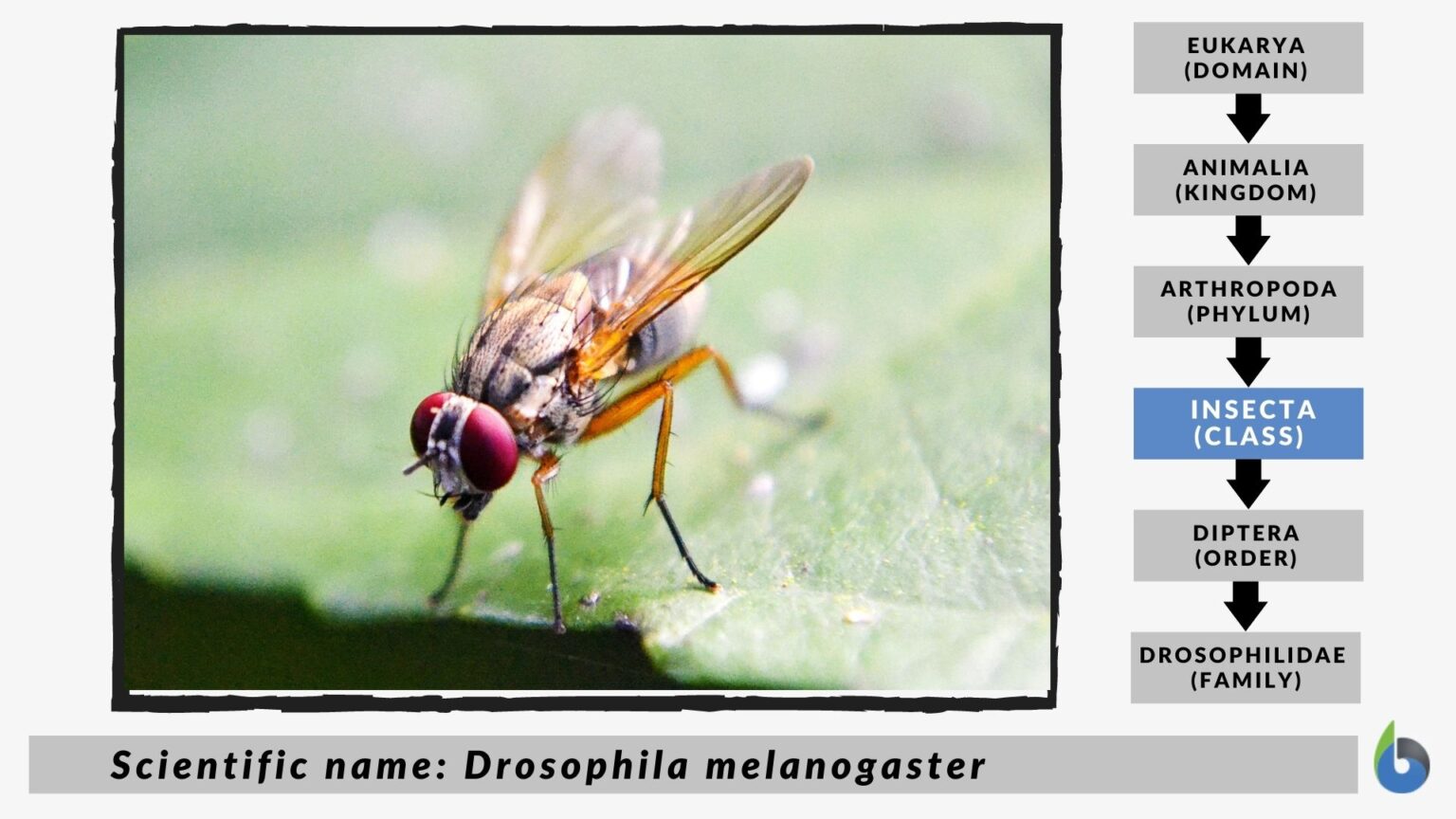
Taxon
Table of Contents
Taxon Definition
When studying biological organisms, it’s easier to define, classify and understand them when we follow a certain hierarchy and order. Taxonomy is the subject that deals with the orderly classification and placement of the biological world into different ranks. This ranking and order bring in a lot of clarity and definition to what an organism is, its characteristics, the features it shares with the other organisms in the same rank, etc. As we have studied in Taxonomy, the different ranks from higher to lower taxonomic levels are as follows:
- Kingdom
- Phylum/Division (Phylum is used for the Animal Kingdom while Division is used for the Plant Kingdom)
- Class
- Order
- Family
- Genus
- Species
A taxon is a term used for any taxonomic unit that is recognized or defined by at least one of the nomenclatural codes (ICN, ICZN, ICNP, ICNCP, ICPN, ICVCN). It refers to any group or rank in a biological classification into which related organisms are classified, for example, a phylum, order, family, genus, or species. Etymology: New Latin, back-formation from taxonomy.
Phylum Chordata is a taxon belonging to the Animal Kingdom. Find out more about this taxon. Join us and participate in our Forum discussion: What is phylum chordata? And get in touch with our Biology Expert!

So, when asked what taxon is in plant taxonomy, one can explain that it’s a unit or component at one hierarchical level in the biological classification system. While there are different taxonomic ranks like family, genus, species, etc, a group of organisms at each of these ranks is called a taxon.
History
Some basic pointers that help us to understand and define taxon are the following:
- The term “taxa” or “taxon” is derived from the word “taxonomy”. This sort of derivation is called a back-formation.
- The singular form is “taxon” and the plural form is “taxa”. There are no such words as taxons or taxas.
- It is used in the animal kingdom for the first time in 1926 by Adolf Meyer-Abich.
- It is used in the plant kingdom for the first time in 1948 by Herman Johannes Lam.
- From Linnaeus, Lamarck, and de Jussieu, every scientist focussed and pointed to studying biological diversity with proper classification. The significance of a taxonomic unit was very much clear from the early days of taxonomic studies.
- Even today, scientists identify a taxon in Biosciences as a unit either following the Linnean nomenclature system or phylogenetic nomenclature system.
“Taxon”: Usage History | |
|---|---|
 |  |
| Adolf Meyer-Abich, the person who used the word taxon in Kingdom Animalia for the first time. Image Credit: Dicciomed. | Herman Johannes Lam, the person who used the word taxon in the Kingdom Plantae for the first time. Image Credit: Geni. |
Taxon in Linnaean Nomenclature System vs. Phylogenetic Nomenclature System
Taxon meaning and concept depend on the nomenclature system you’re following while defining it. To understand what a taxon is according to different systems, look at the comparison below.
- According to the Binomial Nomenclature System of Linnaeus, a taxon can be “paraphyletic”. Paraphyletic literally refers to a group with the last common ancestor plus “some but not all” descendants of that ancestor.
- According to the Phylogenetic Nomenclature System, a taxon has to mandatorily be a “monophyletic” group. Monophyletic literally refers to a group with the last common ancestor plus “all” the descendants of that ancestor.

Ranks
In the biological taxonomic ranking, various taxa are assigned specific ranks. The most common ones are kingdom, family, order, genus, and species. This hierarchy of taxa provides an ease to study them in an inter-related manner. If we talk about one particular taxon, it further contains many taxa but of lower rank than itself. When properly established by nomenclature codes and systems, taxa are assigned official names. Some of the important plant taxa examples are Bryophyta, Pteridophyta, Gymnosperms, and Angiosperms. Some of the important animal taxa examples are Amphibia, Reptilia, Aves, and Mammalia.
Some basic pointers related to taxonomic ranks are the following:
- Ranks are relative meaning; they depend on the hierarchical unit above and below the taxon in question.
- Ranks depend on the type of taxonomic scheme you are following.
- Ranks are varying across different types of organisms (plant vs. animals).
- Ranks are important as they help us in getting more clarity on the subject of biodiversity and ecological studies.
- Ranks are further divided into lesser important/significant sub-ranks. Prefixes like super-, infra-, and sub– are used for naming such sub-ranks. Examples are superclass, subclass, infraclass, subspecies, etc. (Note: plural and singular forms of species are the same — species).
- Morphs, varieties, cultivars, races, etc are some subgroups within species but not assigned any ranks or taxon status. Although these are identified as some significant groups while studying biological diversity, they aren’t designated with specific ranks.
Taxon Examples
Now, let’s list some taxa examples at different levels of the taxonomic hierarchy.
1. Taxon examples at the level of “kingdom”
2. Taxon examples at the level of “division/phylum”
- Bryophyta (bryophytes)
- Pteridophyta (pteridophytes)
- Gymnosperms
- Angiosperms
- Arthropoda (arthropods)
- Echinodermata (echinoderms)
- Nematoda (nematodes)
· Examples of bacterial phyla: Actinobacteria, Bacteroidetes, Cyanobacteria, etc
3. Taxon examples at the level of “class”
- Gastropoda
- Cephalopoda
- Chondrichthyes
- Bryopsida
- Sphagnopsida
4. Taxon examples at the level of “order”
Some taxon orders are:
- Sapindales
- Pinales
- Ginkgoales
- Primates
- Protura
- Diplura
- Collembola
5. Taxon examples at the level of “family”
- Solanaceae
- Cactaceae
- Apororhynchidae
- Moniliformidae
6. Taxon examples at the level of “genus”
- Aesculus
- Melicoccus
- Dimocarpus
- Azorella
7. Taxon examples at the level of “species”

Interesting Fact
According to the Linnean Nomenclature System, a paraphyletic group can also be called a taxon and hence Class Reptilia is a well-established taxon. Conversely, according to the Phylogenetic Nomenclature System, only a monophyletic group can be a taxon. Hence, Class Reptilia, which doesn’t include Aves (Aves is a separate class but birds are actually the descendants of reptiles) can’t be called a taxon. In the phylogenetic and cladistics approach, a clade is equivalent to a taxon.
Try to answer the quiz below to check what you have learned so far about taxon.
References
1. Meyer-Abich, Adolf (1926). Logik der Morphologie im Rahmen einer Logik der gesamten Biologie. Springer-Verlag. p. 127. ISBN 978-3-642-50733-5.
2. Holstein, N., Luebert, F. Taxonomy: stable taxon boundaries. Nature 548, 158 (2017). https://doi.org/10.1038/548158d
3. Meehl, P. E. (2004). What’s in a Taxon? Journal of Abnormal Psychology, 113(1), 39–43. https://doi.org/10.1037/0021-843X.113.1.39
4. Poe, S., Swofford, D. Taxon sampling revisited. Nature 398, 299–300 (1999). https://doi.org/10.1038/18592
©BiologyOnline.com. Content provided and moderated by Biology Online Editors.






